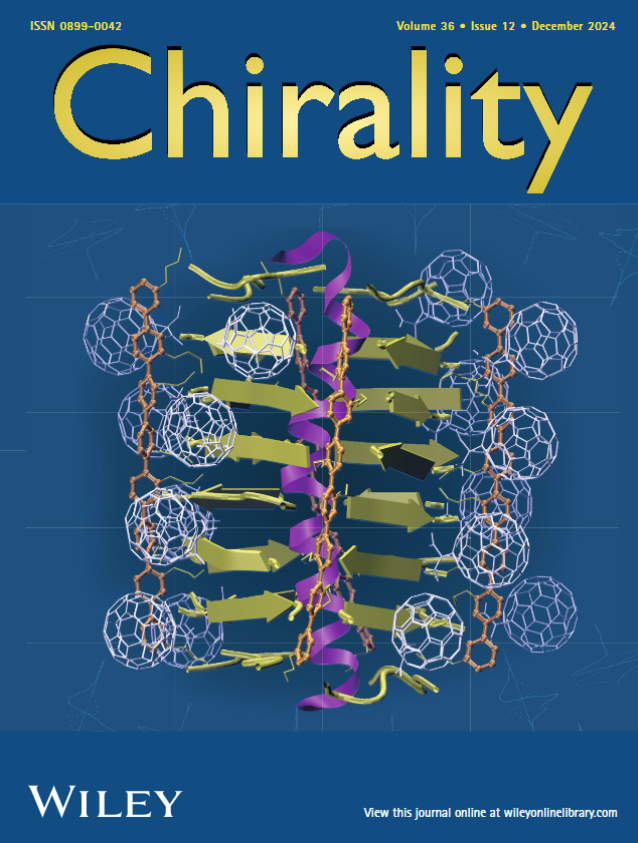Determination of Ibuprofen Enantiomers in Mouse Blood Using Liquid Chromatography–Tandem Mass Spectrometry and Its Application to a Pharmacokinetic Study
Abstract
The aim of this study was to establish a simple, fast, and sensitive method with liquid chromatography–tandem mass spectrometry (LC–MS/MS) for simultaneously determining ibuprofen enantiomers using mouse blood in very small volumes. LC–MS/MS equipped with an electrospray ionization (ESI) source was used in negative ion mode and multiple-reaction monitoring mode. Enantiomer chromatographic separation was carried out on a Lux® 5 μm Cellulose-3 (250 × 4.6 mm, 5 μm) column at a flow rate of 0.6 mL/min. Samples were pretreated by extracting only 5 μL of blood with 40 μL of acetonitrile (containing 1.3% formic acid) so that a concentration-time profile could be completed using a single mouse. 2-(4-Propylphenyl) propanoic acid was used as an internal standard. Standard curves for each enantiomer were linear from 0.04 to 80.00 μg/mL, demonstrating a lower limit of quantitation (LLOQ) than all previously reported methods. This method was completely validated and successfully executed to investigate the pharmacokinetics of ibuprofen enantiomers after intravenous administration of racemic ibuprofen, (S)-(+)-ibuprofen, and (R)-(−)-ibuprofen in Kunming mice, respectively. The results showed that the pharmacokinetic profiles of the (R)-(−)-ibuprofen and (S)-(+)-ibuprofen were significantly different, indicating the unidirectional inversion of R-(−)-ibuprofen to (S)-(+)-ibuprofen.


 求助内容:
求助内容: 应助结果提醒方式:
应助结果提醒方式:


